By Stephen Beaumont
As a once-upon-a-time bartender – more a beer slinger, really, although I did mix my fair share of Martinis, Manhattans, and rye and sodas – I have long marvelled at how some people struggle with the creation of even the simplest of cocktails.
Take the Manhattan, for example, which is two parts whisky, one of red vermouth, and a couple of shakes of Angostura Bitters, stirred until cold.
Couldn’t be easier, and yet …
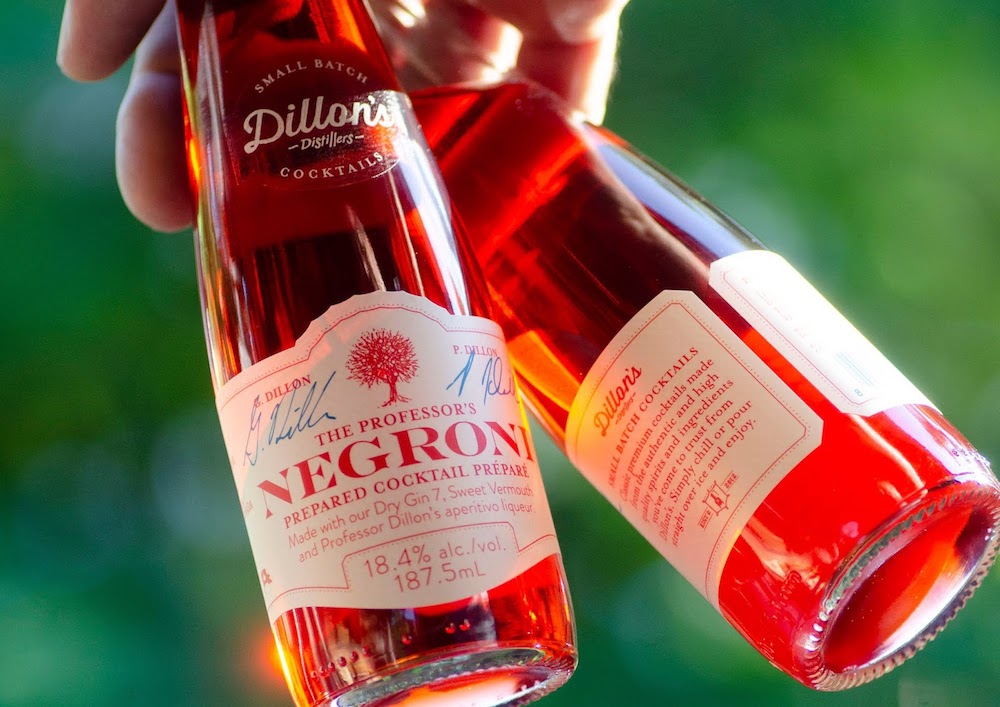
In the end, it’s likely intimidation that makes people cocktail hesitant, and I can understand that. You go to a bar, order a drink, and the bartender makes a show of creating it, just as they are paid to do. It becomes not just a cocktail, but something unique, exciting, even daunting, principally because that’s what makes a $4 amalgamation of spirits and flavouring worth three or four times that at the bar.
Which, coupled with convenience, is also at the heart of the wave of packaged highballs and cocktails currently sweeping Ontario. At their most simple, they provide the grab-and-go handiness of a can of beer or wine, while their more advanced iterations offer complex flavours that even a veteran mixologist would struggle to equal.
The convenience factor was what spurred the creation of one of the pioneers in the canned cocktail market, Georgian Bay Spirits’ line of Smashes.
“My partner Tim Keenleyside and I started the company with our gin in the spring of 2013, but a couple of years later we started thinking about how great it would be to have an RTD (‘ready-to-drink,’ industry jargon for the packaged cocktail – ed.) that we could take down to the dock,” says company co-founder Denzil Wadds. “But all the brands that were available at the time were filled with things like high-fructose corn syrup. We wanted something that people like us, men in their 40s, would want to drink.”
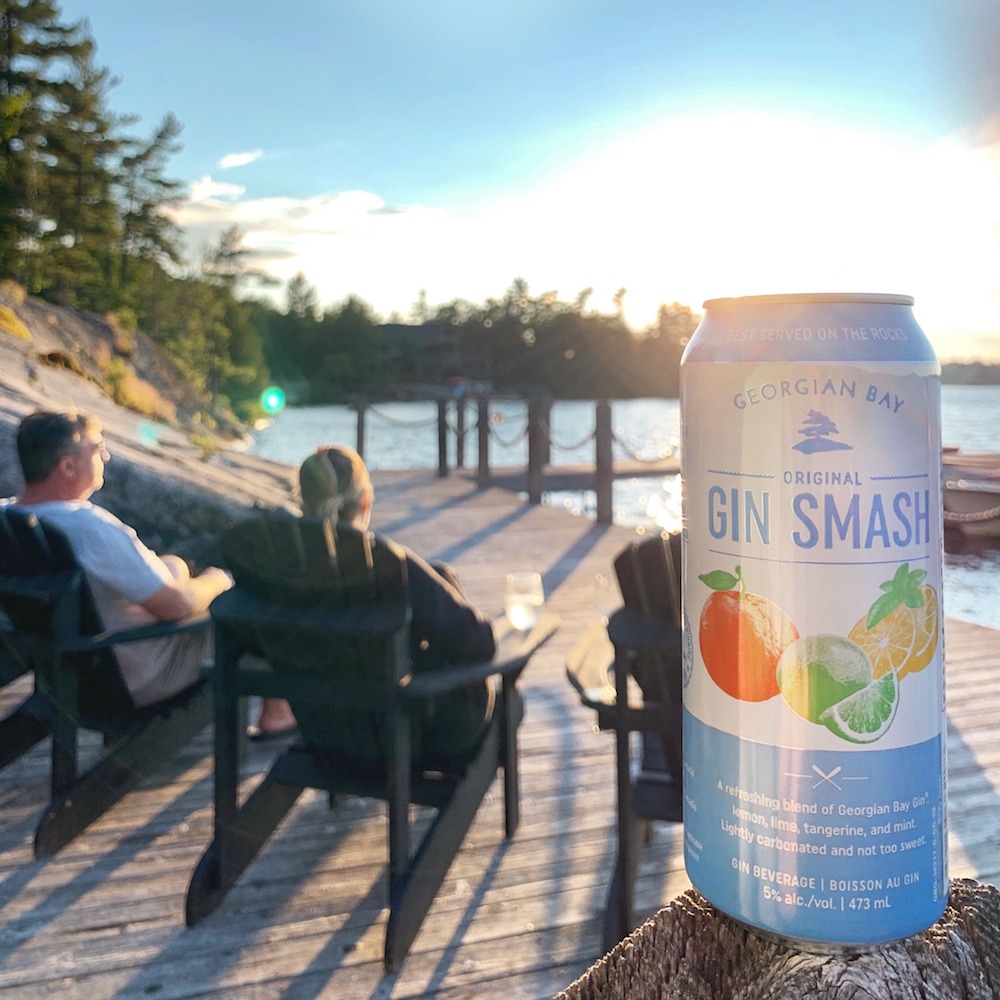
The partners devised their recipe featuring natural flavours and “real sugar” in the spring of 2016 and presented it to the LCBO, who assigned them a quota for the year of 16,000 to 17,000 cases, says Wadds. The original Georgian Bay Gin Smash sold that in four weeks, and proceeded to rack up 72,000 cases in sales for the year.
The Georgian Bay portfolio today features eleven Smashes, joining dozens of other such products on LCBO shelves. Some are crafted by smaller companies, but the majority are made by industry giants like Canadian Club and Bacardi, a situation Wadds expects to change as the category continues to grow.
“I look at what’s happening in craft beer, with the smaller breweries gaining market share at the expense of the big guys, and I think that’s what is going to happen in the canned cocktail segment, too,” says Wadds. “We’re going to see more and more products like ours coming to the market.”
Key to this category expansion is an escape from the antiquated notion that RTDs are exclusively for women, something Wadds says he also sees happening now.
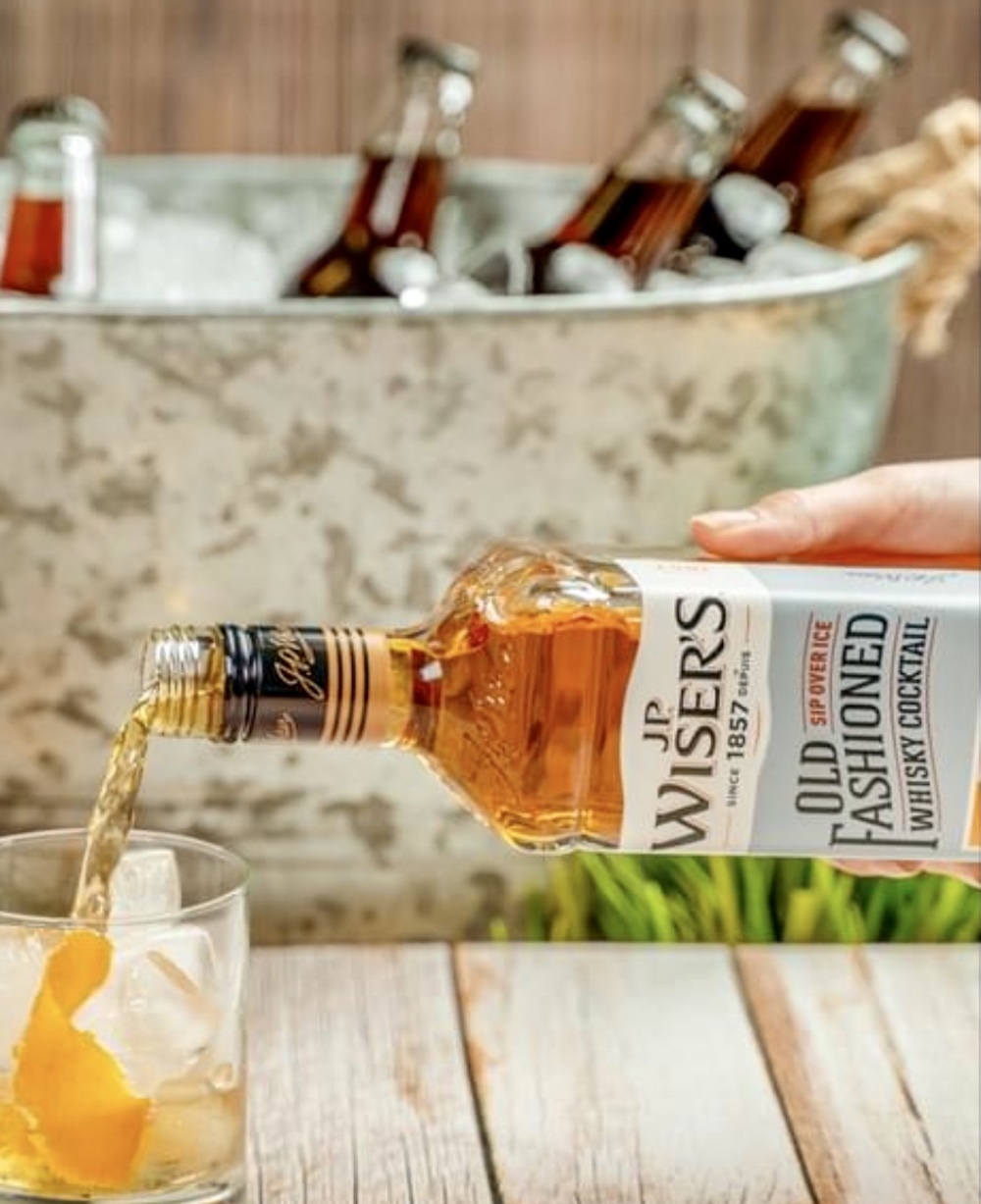
“A couple of years ago, pre-COVID, we were at the Honda Indy and I saw a group of six burly, biker guys all drinking Gin Smashes,” Wadds recalls. “That’s when I knew that things were changing.”
Judging by the quality on display, not just within the Georgian Bay portfolio and the reviews below, but also broadly within the fast-expanding category, it’s about time, too.
Six ready-to-drink cocktails to try now
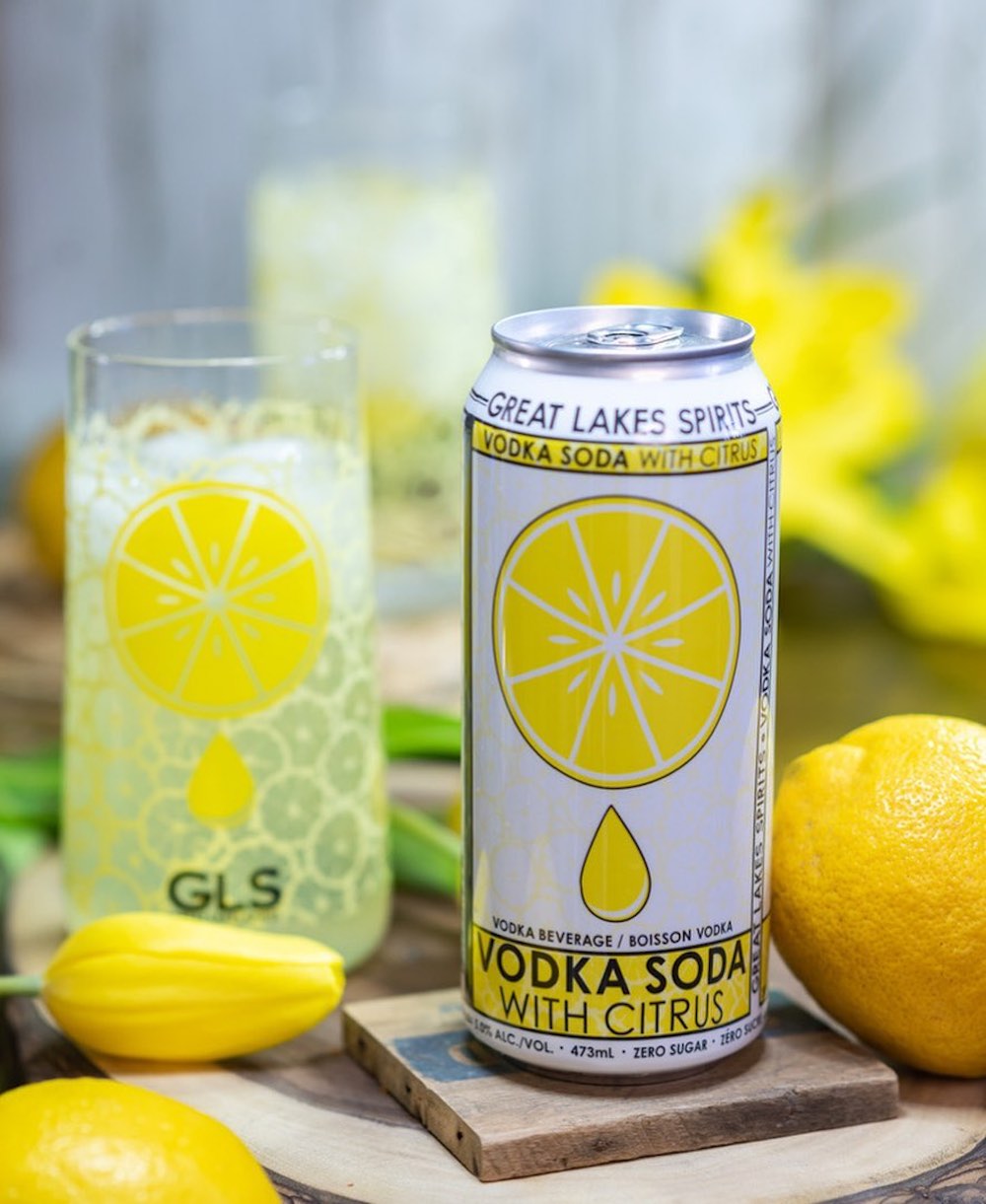
Great Lakes Spirits Vodka Soda with Citrus (5%): There is an expression of which I am quite fond, ‘It does what’s on the tin,’ which in the case of this highball from the spirits division of the Great Lakes Brewing Company is both figuratively and literally true. This is, simply and efficiently, vodka with soda and citrus, specifically Meyer lemon, orange peel and lime zest. The nose is true and natural lemon with a hint of lime – not sure where the orange peel went – while the flavour is a bright mix of citrus – ah, there’s the orange peel! – in a thoroughly refreshing and nicely carbonated quaffer. I tried this over ice, out of the fridge without ice, and from the can, and can confidently recommend the first as the best version. But at a barbecue or ball game, a cold can will do just fine.
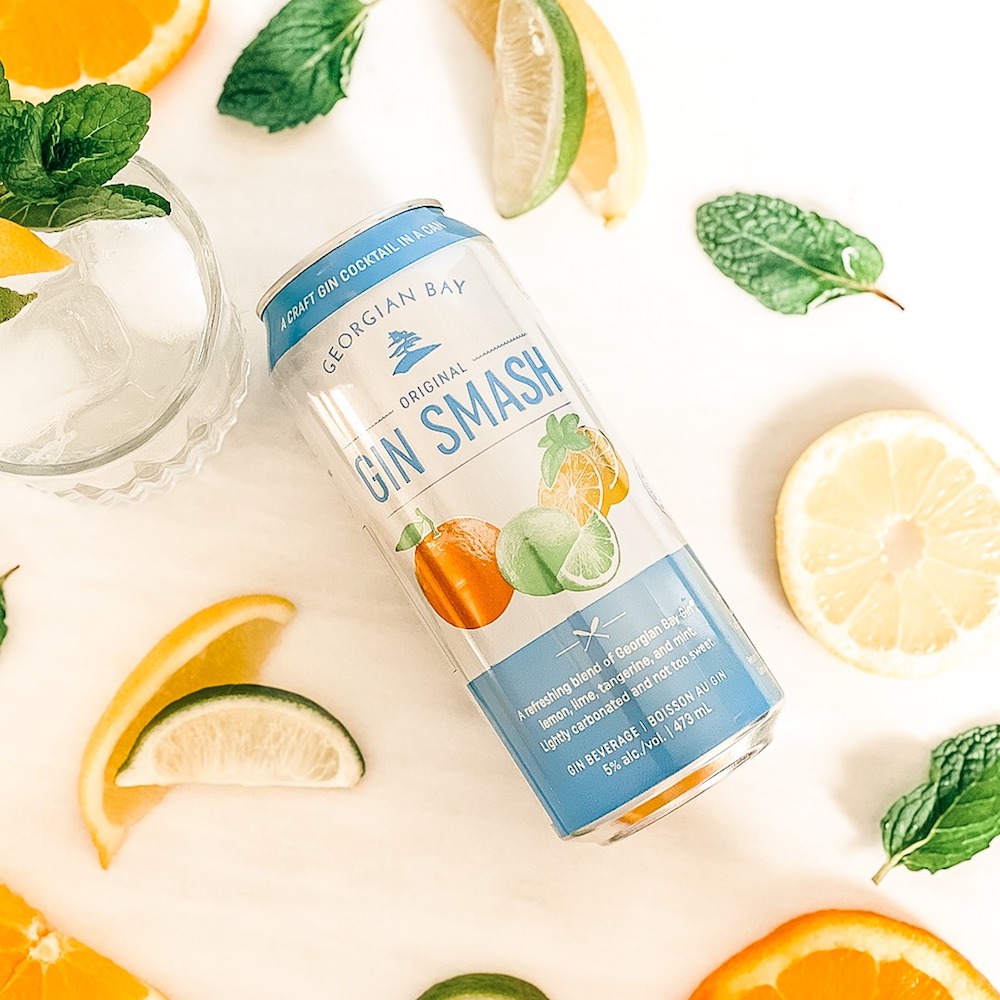
Georgian Bay Gin Smash (5%): A ‘smash’ is a cousin of the julep, except traditionally served in a shorter, more bracing format, which doesn’t quite jibe with the 355 ml can of this beverage, much less the 473 ml version. That aside, however, the flavours here are quite attractive in a mint julep-y sort of way, with herbal mintiness prominent in both aroma and taste, citrus (lemon, lime, and tangerine) in support, mostly on the palate, and just enough sugar to add complexity. Best of all, at a much-reduced strength relative to a late-1800s Gin Smash, a couple of these won’t leave you, well, smashed.
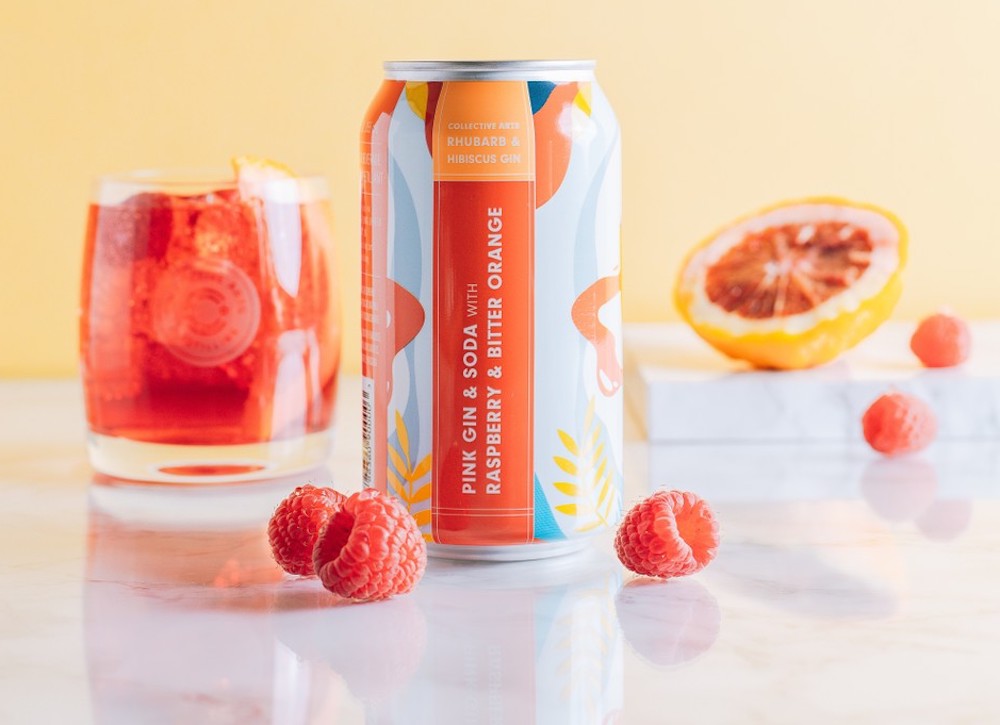
Collective Arts Pink Gin with Raspberry & Bitter Orange (5%): Made with Collective Arts’ own Rhubarb & Hibiscus Gin, this bright reddish pink highball is also crafted with raspberry concentrate, as well as natural flavours, so it’s hardly surprising that what pops the most in both the aroma and taste is – surprise, surprise – raspberry! Immediately evident on the nose, whether poured straight or over ice, the raspberry is complemented by wafts of orange peel and a floral note that I can only assume is coming from the hibiscus in the gin. On the palate, the raspberry is still most evident, but the orange is also more assertive, particularly in the mid-palate and aftertaste, the latter of which is bone dry despite the slight sweetness of the drink. This quenching cocktail is tailor-made for summer days, but do pour it into a glass, either chilled or over ice, as the flavour impact of both berry and orange is somewhat reduced when sipped straight from the can.
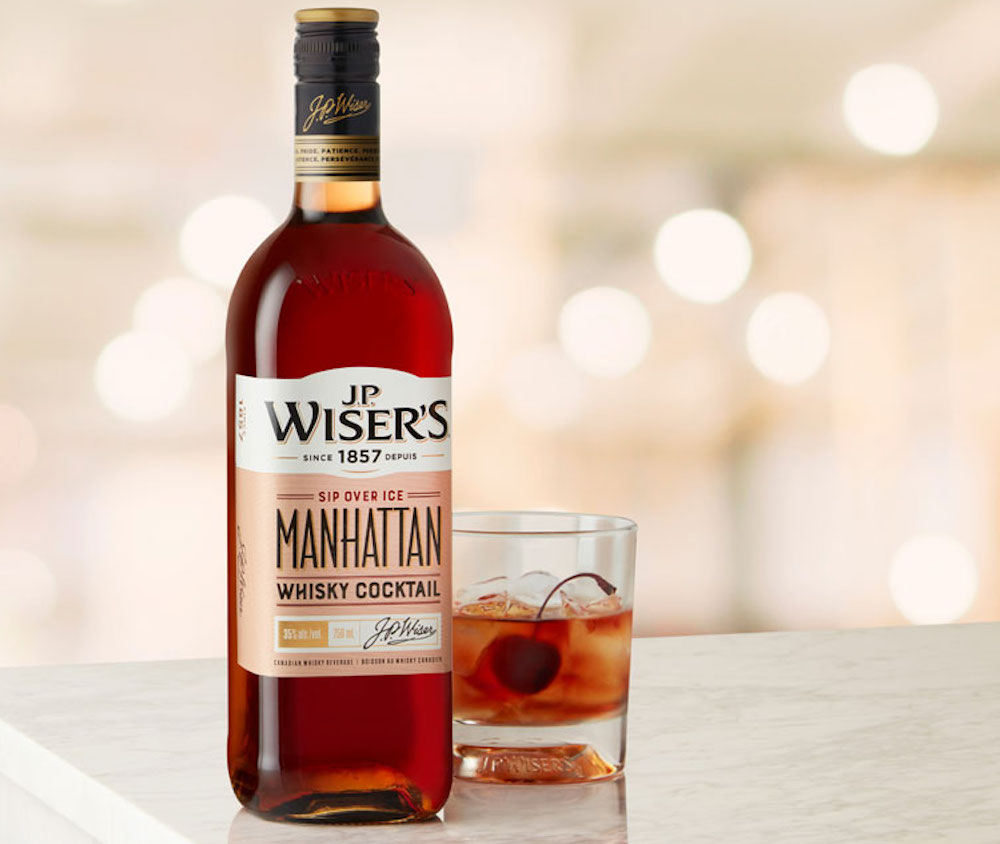
J.P. Wiser’s Manhattan Whisky Cocktail (35%): Recognizing that, as noted in our first paragraph, many people are reluctant to embrace the tools of mixology even at their most elemental, the folk at J.P. Wiser’s have bottled up their own versions of the Manhattan and Old Fashioned, so all you need to do is measure, pour, stir over ice, and enjoy. The Manhattan is my favourite of the two, with a deep, reddish-brown hue and a nose that accents the whisky notes with aromas of good maraschino cherries. On the palate, it sips like a proper Manhattan, albeit without quite the bite of bitters that I enjoy. (If you have a bottle of Angostura, try adding a dash or two before stirring.) The finish is not too sweet, especially with the bitters addition, and deeply satisfying.
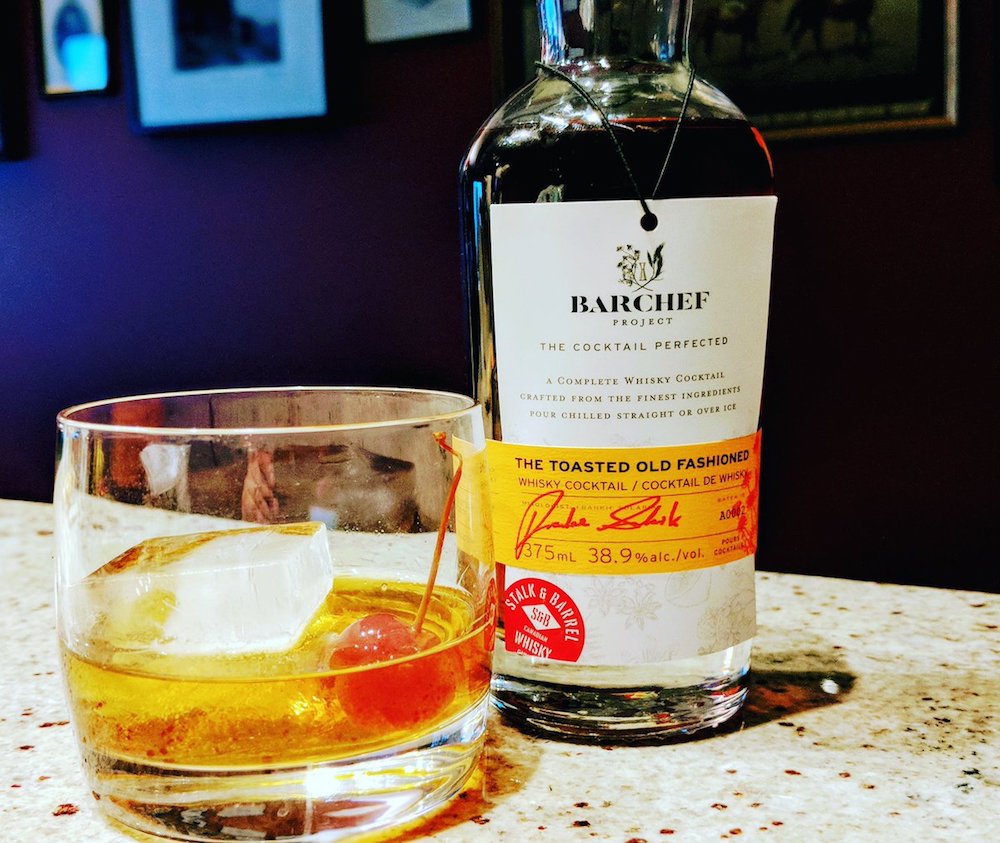
Barchef Toasted Old Fashioned (38.9%): Deep copper and lightly hazy, at room temperature the nose of this explodes with sweetness and spice, raisins and mincemeat being the first things that come to mind, followed by maple and toasted cinnamon. (Served cold, as it should, the aroma is more muted, but no less attractive.) On the palate, the spiciness prevails, but with a lovely backdrop of orange, maple syrup and vanilla – sweet, but not cloyingly so, and spicy, yet not solely defined by its spice. There seems to be anise and perhaps cardamom lurking around, as well, just before the dryish, appetizing finish.
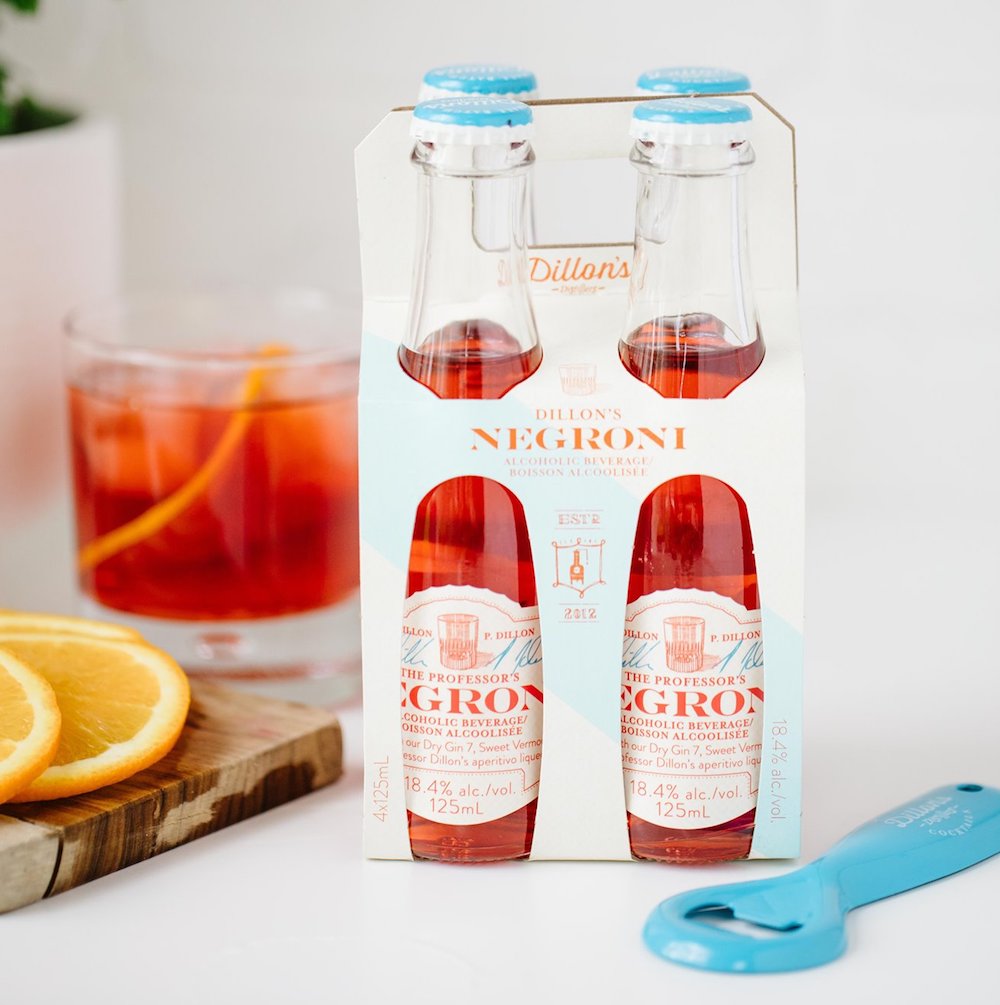
Dillon’s The Professor’s Negroni (18.4%): The Negroni is another of those drinks that it not too terribly difficult to make, but it does require you to possess three distinct bottles: gin, red vermouth, and a bitter aperitivo, usually Campari, the last of which you might not otherwise have a whole lot of use for. (Although a Campari soda is a lovely summer drink!) So Dillon’s offers this mix in their wonderful, custom-designed, single drink bottles for those who prefer to use their liquor cabinet space for other spirits, and I might add, sacrifice nothing in so doing. The colour is a delightful Negroni reddish-pink, the aroma leans a bit heavily towards Dillon’s own Vermouth, and the flavour is pure Negroni – a bit sweet and fruity up front, more herbaceous and juniper-ish in the middle and off-dry and bitter on the finish.






Comment here